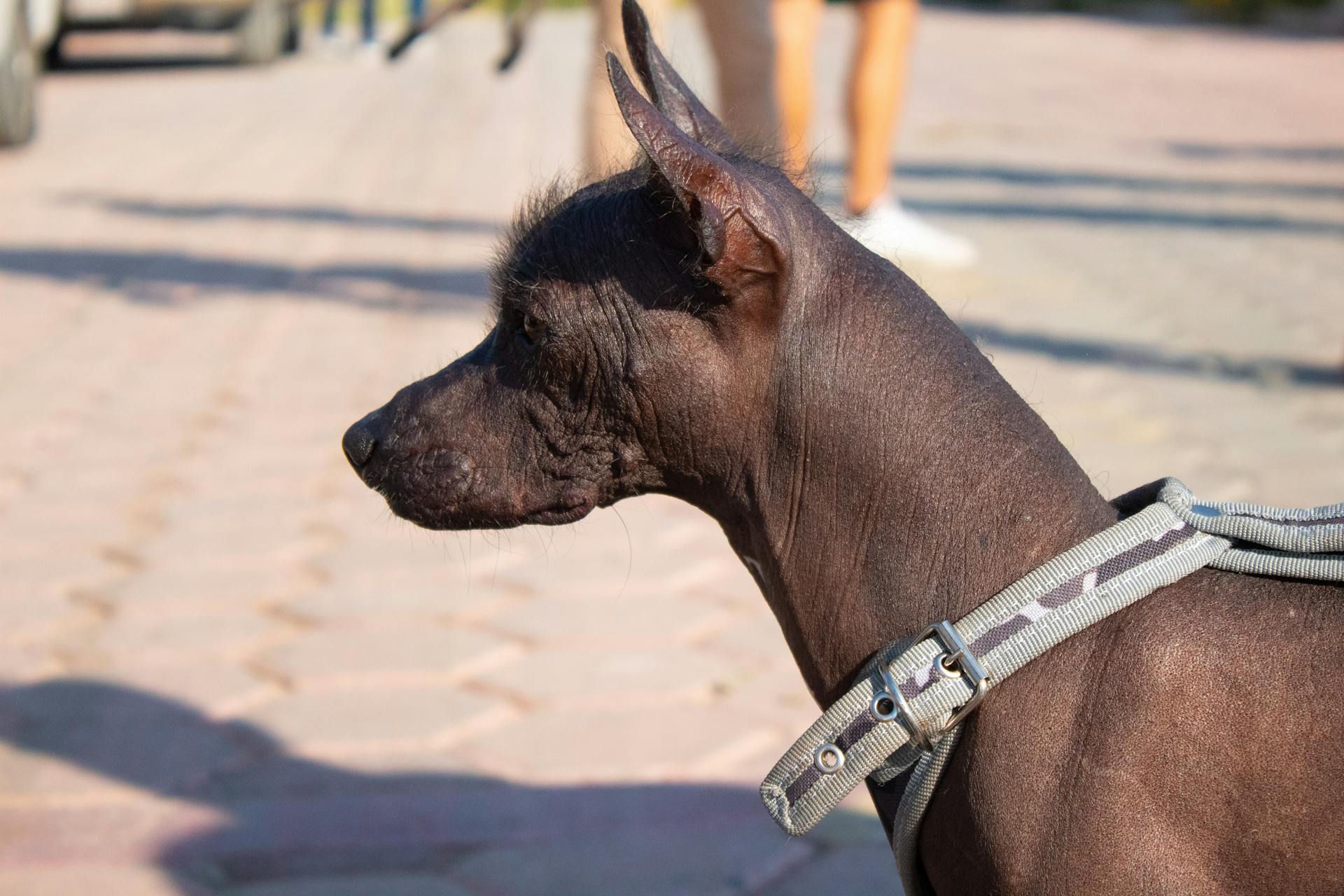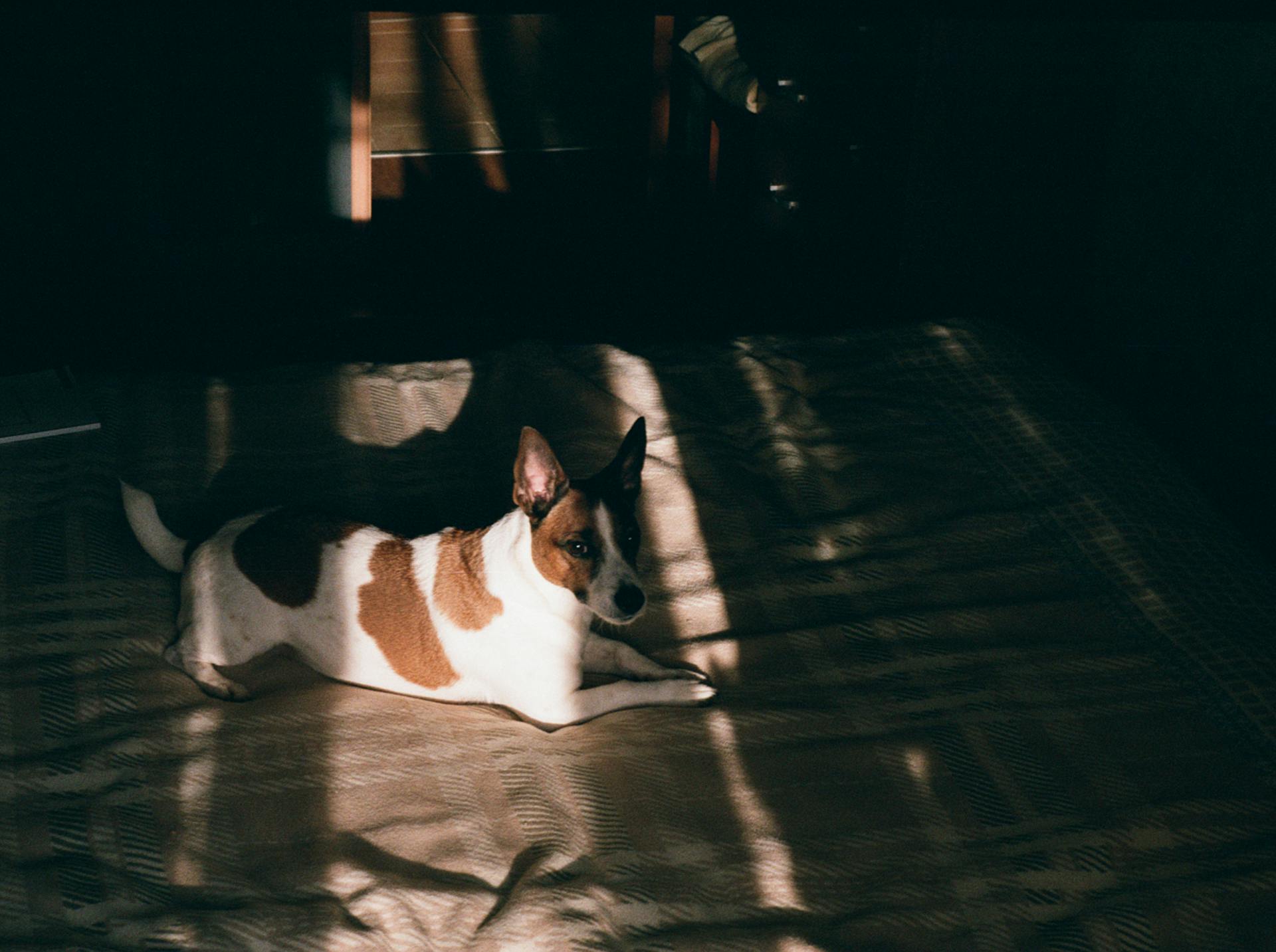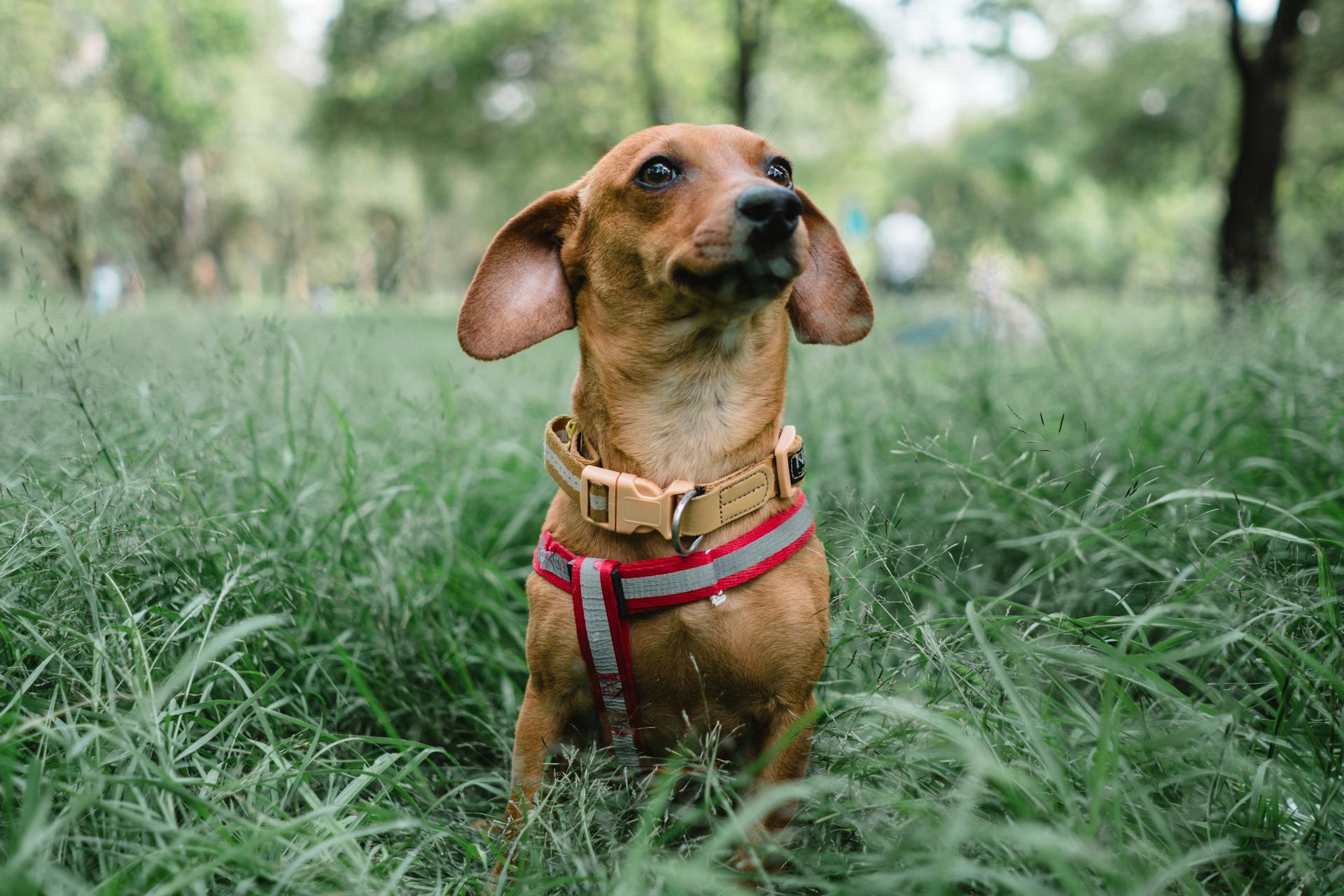
Your dog may be the apple of your eye, but if they’re acting out in aggressive ways, it may be time to take them to the vet.
Before you go, it’s important to understand why your dog is acting aggressively. There could be many reasons, including illness, anxiety, or pain. If you can’t figure out the cause, the vet may be able to help.
Once you’ve determined that a trip to the vet is in order, there are a few things you can do to make the experience less stressful for both you and your dog.
First, consider calling ahead to let the staff know you’re coming and what your concerns are. This way, they can be prepared and may even be able to give you some helpful tips.
When you arrive, try to remain calm and upbeat. If your dog senses your anxiety, it will only make them more agitated.
vet staff may be able to help you get your dog into a carrier or on a leash, but if not, don’t be afraid to ask for help from a friend or family member.
Once you’re in the exam room, the vet will likely want to take a history and do a physical examination. Be prepared to answer questions about your dog’s diet, exercise routine, and any recent changes in behavior.
If the vet suspects that your dog’s aggression is caused by an underlying medical condition, they may recommend some diagnostic tests. These could include blood work, X-rays, or other imaging tests.
The good news is that many aggression issues can be resolved with treatment. The vet may prescribe medication, suggest behavior modification, or recommend other types of therapy.
With the right help, your aggressive dog can become a happy, well-adjusted pet.
How do I keep my aggressive dog calm during the vet visit?
Take them on a long walk or run before the vet visit to help burn off some energy. If possible, avoid taking your dog to the vet when they are hungry as this can also make them more anxious. Be calm and reassuring during the visit and try to avoid anything that will trigger their aggression such as making eye contact, petting them on the head, or speaking in a high-pitched voice. Have the veterinarian or staff member give your dog a treat after the examination is complete to help create a positive association with the vet visit.
Curious to learn more? Check out: What Kind of Dog Is Cannoli on B Positive?
What are the best ways to prevent my aggressive dog from biting the vet or staff?
There are a number of things that you can do to help prevent your aggressive dog from biting the veterinarian or veterinary staff. One of the most important things is to socialize your dog from a young age. This means exposing them to a wide variety of people, places, and situations so that they become comfortable and confident in a variety of settings. It's also important to have realistic expectations for your dog's behavior. They are likely to be nervous or scared in a new environment like the vet's office, and may act out in aggression as a result. If you know that your dog is likely to be uncomfortable or scared in new situations, take steps to help them feel more relaxed and safe, such as bringing along their favorite toy or treat. Finally, it's important to be proactive in training and behavior modification with your aggressive dog. This means teaching them appropriate manners and behaviors, and working with a certified professional trainer or behaviorist if necessary. If you do all of these things, you will be well on your way to helping your aggressive dog become a happy and well-adjusted member of the family.
On a similar theme: When Did It Become Ok to Take Your Dog Everywhere?
What should I do if my aggressive dog does bite the vet or staff?
There are a few things you can do if your aggressive dog bites the vet or staff. The first thing you should do is apologize to the staff and the vet. It is important to remember that it is your responsibility to control your dog's behavior, and you should take full responsibility for the incident. You should also ask the staff what you can do to help prevent this from happening again in the future. They may have some suggestions for you, such as enrolling your dog in obedience classes or providing more exercise for them.
It is also important to take action to ensure that your dog does not become a danger to others. If your dog has a history of aggression, you may want to consider rehoming them to a place where they can get the help they need to be safe. If you decide to keep your dog, you should make sure that they are never left alone with children or other animals, and that you always have a way to safely restraint them. You should also keep them up to date on their vaccinations and have a plan in place in case they do ever bite someone again.
How can I help my aggressive dog feel more comfortable at the vet?
It's not uncommon for dogs to be anxious or even scared at the vet. After all, they may not understand what's happening and may have had bad experiences in the past. If your dog is aggressive at the vet, there are a few things you can do to help make the experience more positive for both of you.
First, try to arrive early for your appointment so your dog has time to adjust to the new surroundings. Let them explore the waiting room and sniff around a bit so they can get comfortable. If possible, avoid other animals in the waiting room so your dog doesn't feel threatened.
Once you're in the exam room, help your dog feel safe by keeping them close to you. You may want to hold them on your lap or stand next to them so they know you're there for them. If your dog is still feeling anxious, your vet may offer a calming medication to help them relax.
During the exam, be sure to speak calmly to your dog and let them know they're doing a great job. Reward them with treats or petting when they stay calm and avoid getting too close to areas that seem to make them anxious.
If your dog needs to undergo any procedures, such as blood work or x-rays, be sure to let the vet know in advance so they can help your dog feel more comfortable. Often, these procedures can be done with minimal stress if your dog is relaxed and not feeling threatened.
After the vet visit is over, give your dog plenty of praise and attention. They may have been through a lot, so let them know they did a good job and that they're safe now. A little extra love and care can go a long way in helping your dog feel better after a vet visit.
Readers also liked: Birds Close
What should I do if my aggressive dog growls or snaps at the vet?
It's important to remember that our dogs are not always comfortable with unfamiliar people and situations, and may need extra support to help them through these times. If your dog is growling or snapping at the vet, there are a few things you can do to help diffuse the situation and make your dog more comfortable.
First, try to remain calm yourself. Dogs can pick up on our emotions and if we are tense or anxious, it will only make them more agitated. Keep your voice low and soothing, and offer treats if possible.
If your dog is on a leash, try to keep them as close to you as possible. This will help them feel more secure and help prevent them from lunging at the vet. If they are not on a leash, you may need to hold them close to you or have someone else help you.
It's also important to give the vet plenty of space to work. This means keeping other family members and pets away from the examination room, and not crowding around the vet while they are trying to examine your dog.
If your dog is still growling or snapping, the vet may need to give them a sedative to help them relax. This is usually given as an injection and will take effect within a few minutes. Once your dog is more relaxed, the vet will be able to continue with their examination.
After the vet visit is over, take some time to decompress with your dog. Go for a walk or play some fetch, and praise them for being calm and good. This will help them associate the vet visit with positive things, and make it more likely that they will behave better next time.
Suggestion: Bernese Mountain Dogs Calm
What should I do if my aggressive dog tries to run away from the vet?
If your aggressive dog tries to run away from the vet, it is important to try to remain calm and to avoid making any sudden movements. You can try calling your dog's name in a soothing voice and offering him or her a treat, if possible. If your dog is still trying to run away, you may need to ask for help from a staff member at the vet's office. Once your dog is under control, you can discuss with the vet what the best course of action is for your pet.
Check this out: When Dogs Try to Play Leapfrog 18+?
Frequently Asked Questions
How do you transport a pet to the vet?
Plan your transport. If you don’t have access to your own vehicle, consider who you can call on to take you to the vet. ... Keep yourself safe. Remember to approach your pet carefully. ... Carefully transport your pet to the vehicle. ... Reduce anxiety during the journey. ... Keep calm.
How do you train a dog to go to the vet?
First, start by teaching the dog to voluntarily go to the vet. This can be accomplished by teaching them to stay in a designated spot when asked (with treats), and using positive reinforcement when they obey. Once the dog is comfortable going to the vet, it may be necessary to train them to get shots and have blood drawn. By teaching these procedures in a positive manner, the dog will generally be more accepting of them when they need to undergo them.
How to keep your pet safe in the car?
When travelling with your pet, you must take measures to make them feel safe and secure. Firstly, ensure that they are secured in a carrier or dog seatbelt if possible. Secondly, avoid making sudden changes in direction or speeds, and keep the car windows clear. Lastly, do not engage in lengthy conversations while driving – dogs are particularly vulnerable to being distracted from their surroundings when cars are moving.
How to safely transport your small animal to the vet?
1. Get a proper small animal carrier. It should be large enough for your pet to move around but not so large that it bogs down the car. Avoid Tucker cases, which are made from heavy-duty plastic and can hold a lot of weight, or wire cages with metal grids on the top that can pinch or scratch your animal. 2. Get your small animal pet used to the carrier. Start out by putting them in the carrier for short trips to get them used to the feeling of being inside one. Eventually, you'll want to transport them daily for their regular vet appointments. 3. Have the right accessories. You will need water, a food dish, a litter box, and a toy or blanket to keep your pet busy while you're waiting. Some carriers come equipped with a bed, but be sure to remove it before bringing your pet into the vet office — many doctors prefer animals not cooped up during visits. 4. Make sure
How do you transport an injured dog?
There are several ways to transport an injured dog. One way is to use a carrier or box. Another way is to use a stretcher.
Sources
- https://www.smh.com.au/lifestyle
- https://allaboutcats.com/tortoiseshell-cats
- https://sports.yahoo.com/nba/news/
- https://www.literotica.com/stories/memberpage.php
- https://www.petmd.com/cat/behavior/cat-love-bites-what-do-they-mean
- https://www.ppic.org/publication/ppic-statewide-survey-californians-and-their-government-october-2022/
Featured Images: pexels.com


